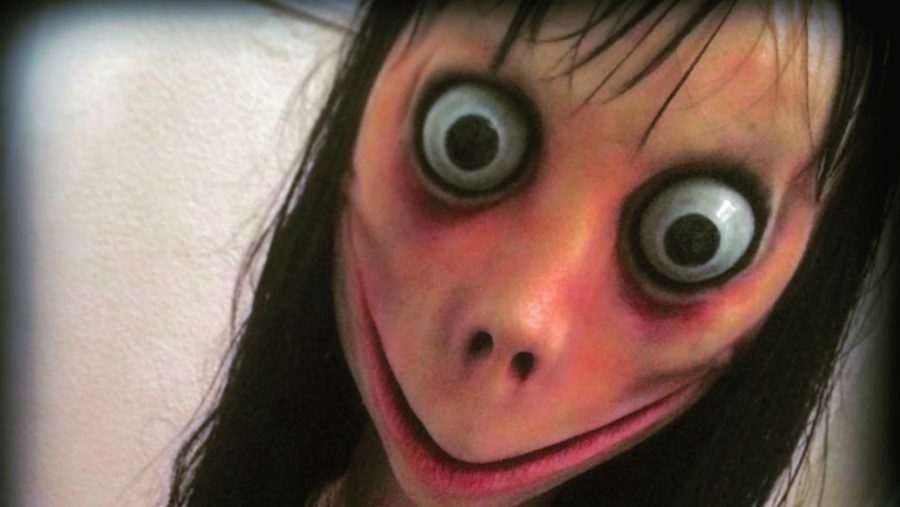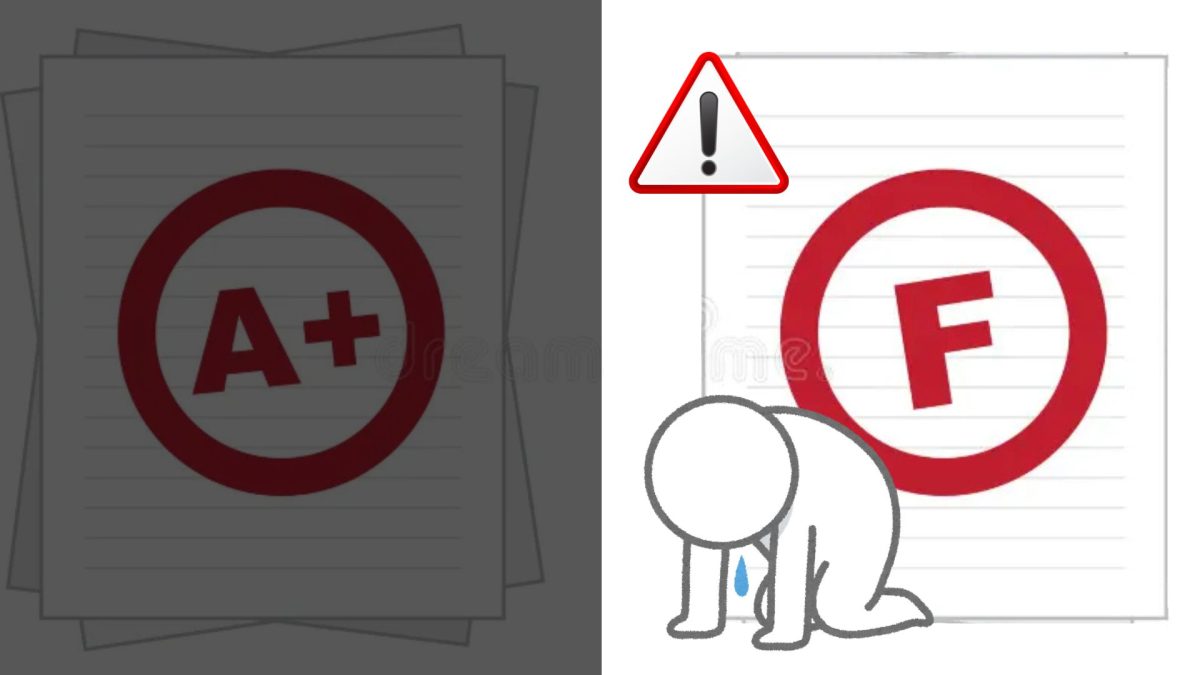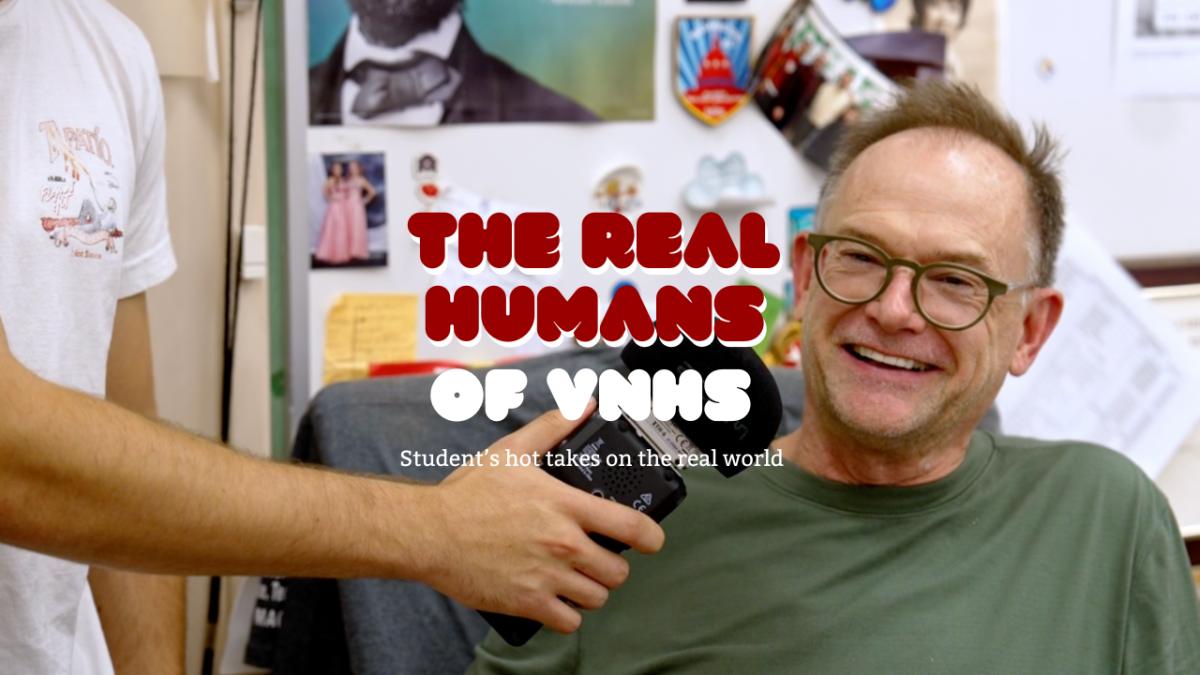Suicide Games
From “Momo” to the “Blue Whale,” many deadly games on social media are influencing young minds, leaving us with the question: Is the media to blame?
May 8, 2019
Look out, mom and dad. Your child may be the next victim of a suicide game.
Suicide games typically consist of the “player” doing a series of tasks ultimately ending in suicide. These tasks can include cutting themselves or watching scary videos.
Social media has taken a darker turn with the rise of suicide games, one of them being the recent “Momo Suicide Challenge.” The game has been linked to several cases of young children committing suicide and other life-threatening acts, including taking pills and stabbing people.
Many news sources like Vox and The Atlantic have speculated that the challenge is merely a hoax. But Fox News has reported the game to be the cause of the suicides of a 12-year-old girl and a 16-year-old boy in Columbia.
The challenge involves internet trolls luring in children and replying with inappropriate messages on Whatsapp while masking their identity with a picture of “Momo” and throwaway phone numbers.
But what is Momo exactly?
Momo is an unsettling woman with large eyes, deformed lips and bird legs. However, contrary to the victims beliefs that she is a spirit whom must be pleased, the “woman” was originally a sculpture created three years ago by a Japanese artist, Keisuke Aiso as an extension of a ghoulish artwork, Grudge Girls Collection.
According to rumors, the challenge was evident on other social platforms, including YouTube. People would place hidden messages and Momo pictures in the videos, then contact children through private messaging on Whatsapp and send them a list of dangerous activities to pursue.
These activities range from manipulating victims into cutting their body to persuading them to commit suicide–all for the purpose of pleasing a character who does not exist. The usual targets are looking for someone to talk to or just watching young adult content.
Hackers have even inserted the Momo message in the middle of kid’s videos on YouTube including ones relating to Fortnite and Peppa Pig.
But Momo is not the first terror to spread through social media.
Before Momo, there was the “Blue Whale Game,” in which participants were manipulated into finishing 50 tasks–the last one being suicide.
From carving a whale into a victim’s body to watching scary videos early in the morning, the game may have been the primary cause of suicide for nearly 100 people around the world, including in China, India and Brazil.
In late February, YouTube released an official statement. “We’ve seen no recent evidence of videos promoting the Momo Challenge on YouTube,” it said.
Hoax or not, spreading awareness of the dangers of social media can help prevent young people from being dragged into unsafe situations.
‘Parent controls are as tight as could be and this **** still slips through. So if you have a child it would be well worth it to open up a dialogue about idiots online and try to get ahead of this.’ says Manchester Mom speaking out about these games.









Coco • Jan 5, 2021 at 9:47 am
Actually this is serious many people have taken there lives, yes momo is a statue, but, it still scares people, and momo is not a way of life you are just saying that because you named your self momo, also the blue whale challenge i believe is still here for now so be careful
momo • Oct 2, 2020 at 12:19 pm
I disagree carlos, momo is not just a statue or game. Momo is a way of life.
Carlo • Sep 12, 2019 at 11:29 am
only small kids will get scared of “momo” momo is just a stupid statue